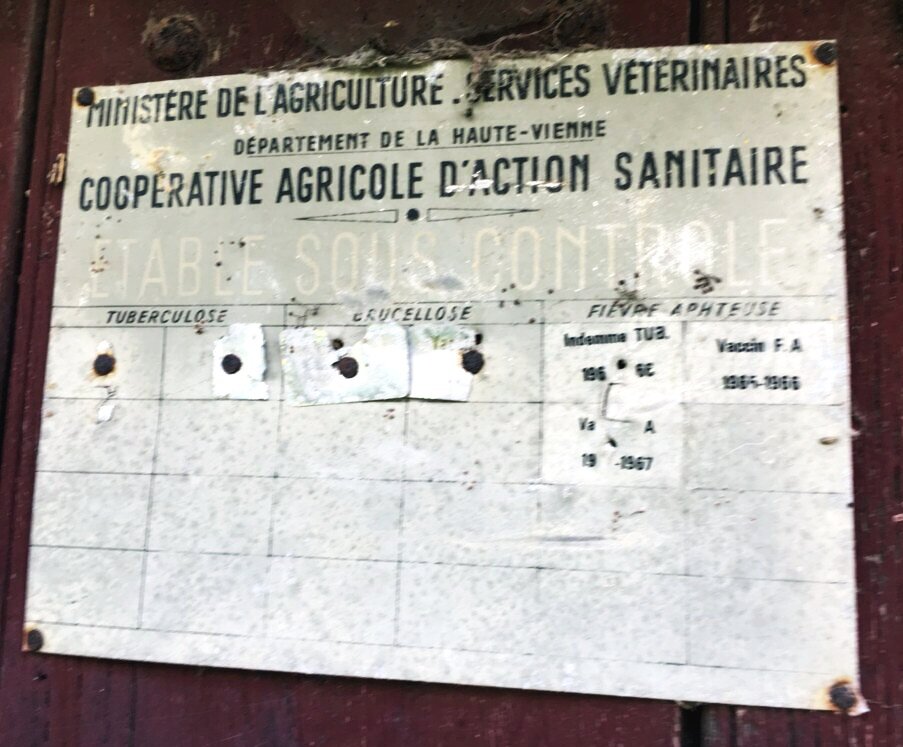Very Strange Findings
Hey everyone!
So back in France, one of the odd occurances discovered by the Baron has been these strange assortment of hooves nailed to the walls of the buildings. There was also this very spooky report from the 60s that talk about some of the aggricultural viruses that were rife in the day. Very spooky but worth a look.
I found out about this fascinating blog here which gives some back story of the agricultural here so check out the full story.
THE 20TH CENTURY: MORE SPECIALIZED AGRICULTURE TO ACHIEVE FOOD SECURITY AND A BASE FOR EUROPEAN CONSTRUCTION
The demographic evolution continued, leaving fewer and fewer people working in rural areas. The cities offered a better quality of life especially a better income. The technical progress allowed for increased efficiency, requiring fewer people to work on a farm to produce the same amount of food. All these factors led to the rural exodus. Today, only 3% of the active population works in agriculture. After WWII, self-sufficiency became the major concern in agriculture. The Marshall Plan, the creation of the CAP (Common Agricultural Policy) and two important agricultural bills passed in 1960 and 1962 provided investments to technologically improve every aspect that could impact the yields. The creation of INRA (French National Institute for Agricultural Research) in 1946 helped a great deal raising yields as well as the development of tractors and other farm machinery. Traditional farms were slowly replaced by science-based, business-like farms. Those policies were so successful that overproduction later became a problem leading to a change in agricultural policies. CAP is today more concerned with environmental cross compliance, and ensuring decent revenue for farmers.
In the second half of the 20th century, French farmers, especially young farmers, started a movement to redefine agriculture. For them, farming was to be considered as a job like every other and therefore required specialization, education and should provide the same income as an urban job. But they also wanted agriculture to remain a family activity with strong values. Moreover the landscape was modified a great deal with the concentration of lands to create bigger farms, phenomenon known as le remembrement (land consolidation).
©Jean-Pierre Verney/Min.Agri.Fr
This desire on the part of the farmers to modernize their agriculture and the agricultural policies led to an intensive, specialized agriculture all over France. But at the end of the 20th century, consumers concerns about the way food was made and its environmental impact led to the development of high quality standards for products (geographic denomination, label rouge), increased organic production, the support of farms in disadvantaged areas, farms providing for local buyers…


